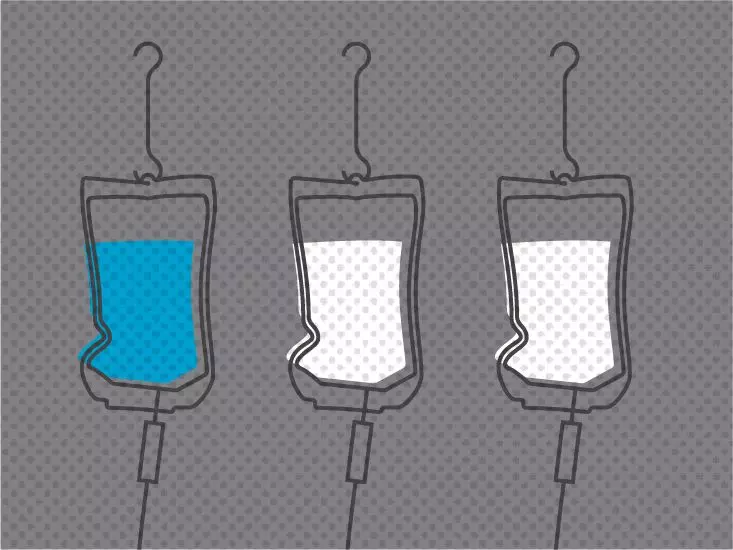Kisunla, a pharmaceutical treatment, carries a range of potential side effects that patients should be aware of before starting the medication. This comprehensive approach to understanding these effects goes beyond merely stating what they are; it examines the implications for patient health and the importance of ongoing communication with healthcare providers. This article explores the types of side effects associated with Kisunla, highlighting both common and severe reactions, as well as necessary precautions for patients.
Common Side Effects of Kisunla
Patients using Kisunla may experience mild side effects, which are often temporary in nature. Common complaints include mild infusion reactions, nausea, headaches, and fatigue. These symptoms may manifest shortly after administration and usually resolve within a few hours to a few days. While these reactions are typically not life-threatening, their management is essential. Patients should remain alert to any changes in their symptoms and discuss persistent issues with their healthcare provider, ensuring that no underlying complications arise.
The frequency of these mild side effects should not deter individuals from considering Kisunla; rather, they serve as a reminder that pharmacological treatments can produce varied responses among patients. Understanding the potential for mild side effects prepares patients for what to expect, allowing for a more informed discussion with their healthcare team about treatment plans.
Serious Reactions and Allergic Responses
In sharper contrast, serious side effects, although less frequent, present a more significant concern for individuals taking Kisunla. Notably, allergic reactions can occur, ranging from mild rashes to severe symptoms that may include swelling, difficulty breathing, or other life-threatening complications. The rarity of these serious allergic reactions in clinical studies does not diminish the need for vigilance. Patients should be educated on how to recognize early signs and symptoms, ensuring they know when to seek immediate medical assistance.
The evaluation of any serious side effects should start with open communication. Patients should discuss their complete medical history with healthcare providers, disclosing previous allergic reactions and other health conditions. Such transparency is critical, as it helps tailor individual treatment plans and mitigates potential risks associated with Kisunla.
One particular area of concern is the risk of ARIA, or Amyloid-Related Imaging Abnormalities, a serious brain condition that may develop during treatment. This condition may be indicated by changes in MRI scans, often more prevalent in patients with specific genetic markers, such as the homozygous apolipoprotein E ε4 gene. Symptoms of ARIA may be subtle and easily mistaken for benign conditions, including headaches and dizziness.
Early detection is vital, and thus, healthcare providers typically monitor patients with MRI scans at various stages of treatment. These scans help identify any irregularities in brain imaging that could signify ARIA. Patients must recognize the symptoms associated with this condition, understanding the importance of immediate medical consultation if they experience neurological changes.
Infusion Reactions: What to Expect
Another aspect of concern during Kisunla treatment is infusion reactions. While severe reactions are uncommon, mild to moderate reactions can often occur early in the treatment process. These symptoms typically arise during or shortly after the infusion, including but not limited to skin irritation and vomiting.
To address these potential reactions, healthcare providers can pre-medicate patients before administering Kisunla. Patients should feel empowered to report any discomfort or reactions immediately, as timely intervention can prevent escalation of symptoms and improve the overall experience of treatment.
Before commencing treatment with Kisunla, it is critical for patients to engage in a detailed conversation with their healthcare provider regarding their health history. This dialogue should include inquiries about allergies, any concurrent medications, and the use of over-the-counter drugs or supplements. All of these factors can influence patient response to the drug and the likelihood of adverse effects.
Moreover, understanding the nature of the treatment and the significance of monitoring side effects helps create a cooperative treatment environment. Empowered patients who are educated about potential side effects are better equipped to participate actively in their care, enabling prompt action when adverse effects arise.
While Kisunla can afford essential therapeutic benefits, awareness of its potential side effects is imperative. Patients must remain vigilant about their health and foster ongoing discussions with their healthcare team to ensure safe and effective use of this medication. By prioritizing safety and open communication, patients can navigate their treatment with confidence and peace of mind.

